From Cramped to Comfortable: How to Design a Custom Home Addition that Grows with You
Topic:
Home Addition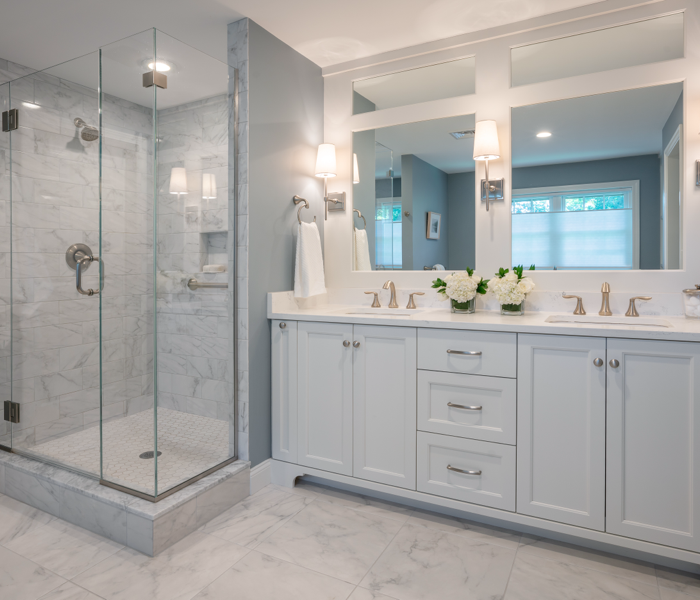
It's decision time: you need to move to a bigger home or build an addition. Planning a home addition seems less disruptive, but questions must be answered. What is possible for this home within the parameters of the lot on which it is situated? Can we afford this? How will we manage during construction?
There are many reasons why someone would consider an addition to their home. Still, you generally need more space because your family is growing, or you want additional space and use existing space better. Whatever the reasons, it is time to build, but you like to make the right choices for now and the future.
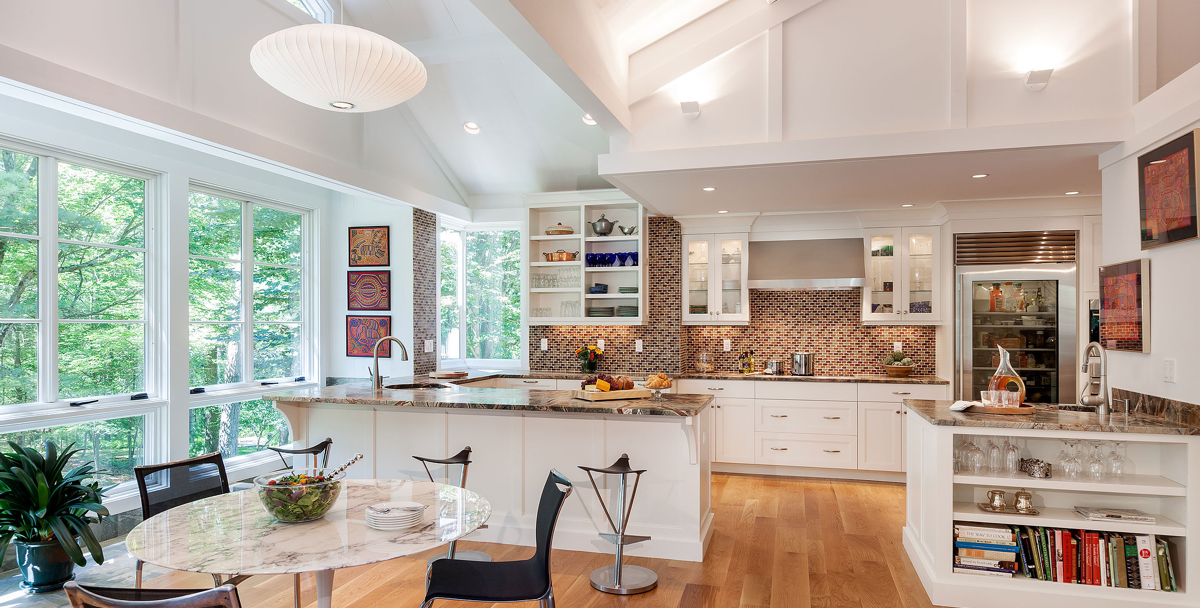
What Will I Need to Plan a Home Addition?
A well-planned and built addition will serve your needs now and anticipate future needs. It will grow with you. Here are the essentials to plan the most beneficial home addition:
1. Clarity
You should clarify your priorities, so the addition meets or exceeds your needs. Most people get excited thinking about an addition, and as the dream becomes a reality, the excitement builds. We suggest making three lists: Needs, Wants, and Wishes. These categories help you establish priorities and set goals.
2. Plans
A home addition will ultimately require a set of detailed plans and permits. This may sound daunting, but all these details will not be left for you to figure out on your own.
3. A Team
You will need a builder, an architect, and a design team; depending on the requirements of the land, you may require an arborist and a surveyor. Ideally, you will not need to pick all these team members separately. A well-established team will be assembled on your behalf with a highly qualified design-build partner.
4. Financing a Home Addition
You may have a budget in mind for this addition, which is an excellent first step. It's essential to research to understand your options for financing a home renovation. It's not always about the HELOC. This is an investment in the value of your home and the enjoyment your family will gain in living in a space better suited to your needs.
These are some excellent home addition basics, but understanding the process will help you make the best decisions possible.

What Are the Steps In Planning A Home Addition?
1. Map Out Your Dream
Now, it is wish-list time! Take your Needs, Wants, and Wishes to your design-build partner, along with what you currently love about your home. You are staying put for a reason, so getting those dreams written down is an essential step in fixing the problem areas of your home while retaining those things that you've always loved about living here.
2. Determine if an Addition is Possible
Before heading too far down this path, it’s a good idea to see what is possible in your town and your plot of land. A reputable design-build partner will help you look at the zoning to ensure the addition you imagine is permitted.
Your New England town will require a plot plan to determine whether or not the addition conforms to their specific requirements. For instance, only a certain percentage of your lot can be covered by non-permeable surfaces like a building structure or driveway paving. There may be conservation requirements and other building requirements specific to your town. Here's one example: When building up, you would add finished space and increase the home's height. Towns may require additional drainage and a review of septic capabilities.
The plot plan provides valuable information, describing the permit process and whether or not special permits or variances are required. Knowing this helps you understand the feasibility and potential unanticipated costs to conform to your town's zoning requirements.
3. Choose the Right Design-Build Partner
As you can see, having a knowledgeable partner guide this process from permitting to occupancy is invaluable. Before starting this project, ask questions and ensure the partnership is a good fit. Ask how long they have been in business, get details about their process, and discover what goes into developing pricing for a home addition project. The steps outlined below give you a sense of what to expect from the process with Mitchell, and we'd be glad to answer any further questions you may have.
4. Preliminary Design Process Begins
Now, the preliminary design process begins. The home builder will also look at the structural requirements, which depend on the age of the home, how the addition will integrate with the rest of the house, and a review of the mechanical requirements. This aims to discover the unknowns that could affect your overall budget.
5. Understanding Cost and Duration
Two significant factors in a home renovation project are time and money. Does the budget you are comfortable investing match the actual cost? Remember that when working with the right design-build partner, there should be no big surprises after determining the price. Similarly, unforeseen circumstances aside, your builder should be able to give you a sense of the project timeline from start to finish.
6. There Are No Shortcuts
The impact of skipping any of these steps is a risk to the project, increased costs you have not anticipated, longer project development time, or potentially invested money in plans you cannot build.
The right design-build partner will listen to you and create a highly detailed plan that will set you up for success because it has the information needed to match your goal and plan to achieve it.
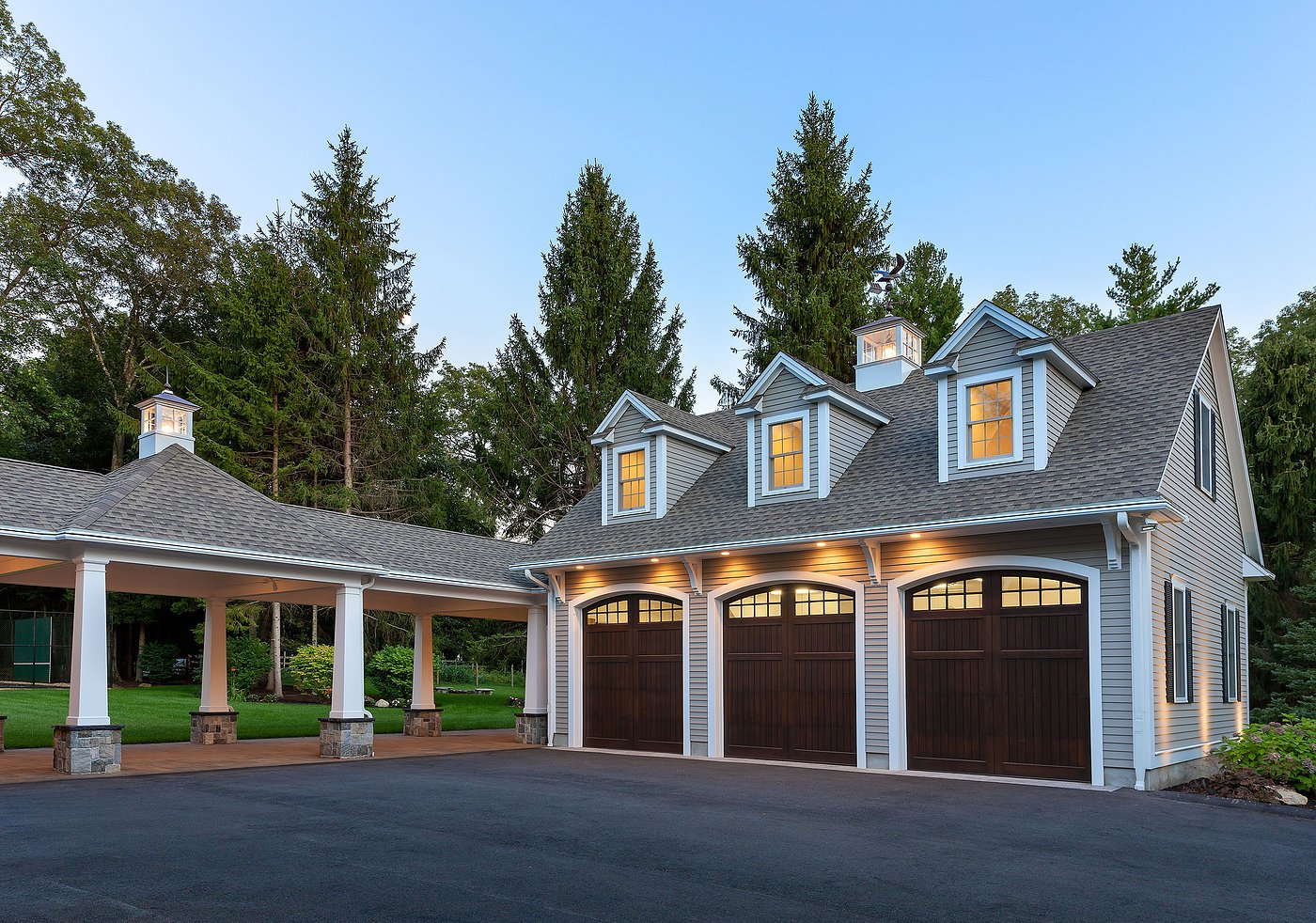
What Is the Return on The Investment Of A Home Addition?
An addition offers a return on investment, both financially and in terms of quality of life. Adding square footage to a home adds value to a property. Generally speaking, it is not an immediate return on investment, but over time, you recoup the cost and gain value as the home and properties around you increase in value.
The most significant return is the home addition's impact on your quality of life. If done appropriately, the addition can be life-altering. You are creating a space your family can call home and enjoy well into the future.
Working with a design-build firm with a proven and predictable process ensures your addition is built to last, meets your needs, and adds value and character to your home. Getting things done right means protecting your investment and getting the most out of the result.
How Does an Addition Impact Your Family’s Life?
When done correctly, an addition is like getting a new home uniquely fitting your and your family's needs. Rather than feeling cramped or having underutilized areas of your home, you'll want to spend time in the addition and the adjacent spaces that are now well-thought-out and make sense.
Entertaining used to be a challenge, but now holidays and get-togethers of all sorts fit well in the flow of your home. There is room for people to move around and plenty of storage, so things get tucked away well before guests arrive.
If you need to add square footage to your home, a great place to start is to consult a reputable design-build firm. An addition has the benefit of not requiring a move while providing much-needed space for the family. Planning is a vital part of a successful addition. When you've decided to stay, you can always go right by investing in yourself to turn your house into your forever home.
To learn more about home additions, please download our FREE eBook - Home Additions 101: How to Plan a Home Addition That Perfectly Meets Your Family Needs. And if you are ready to speak about your next renovation, please schedule a home renovation discovery session.


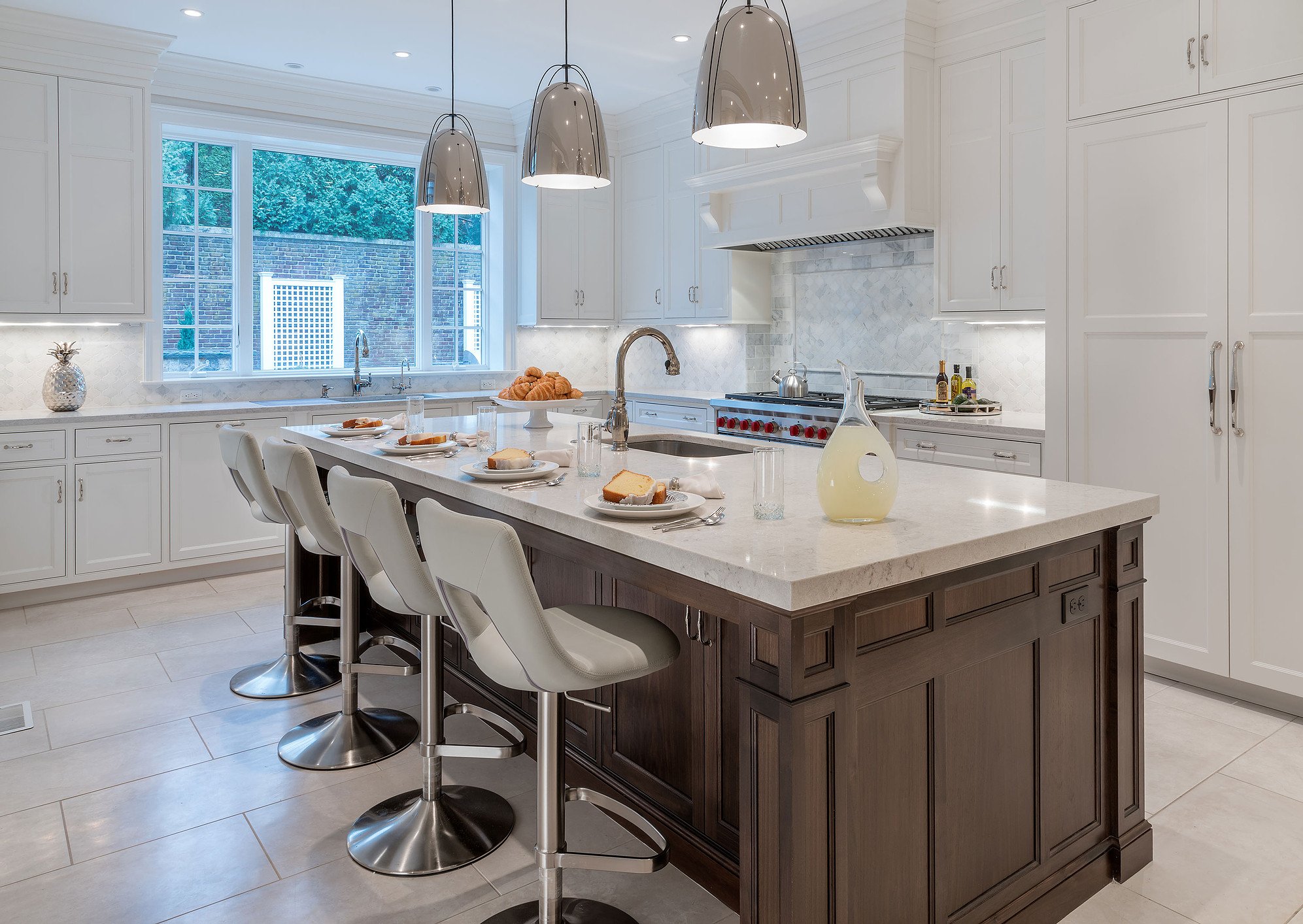

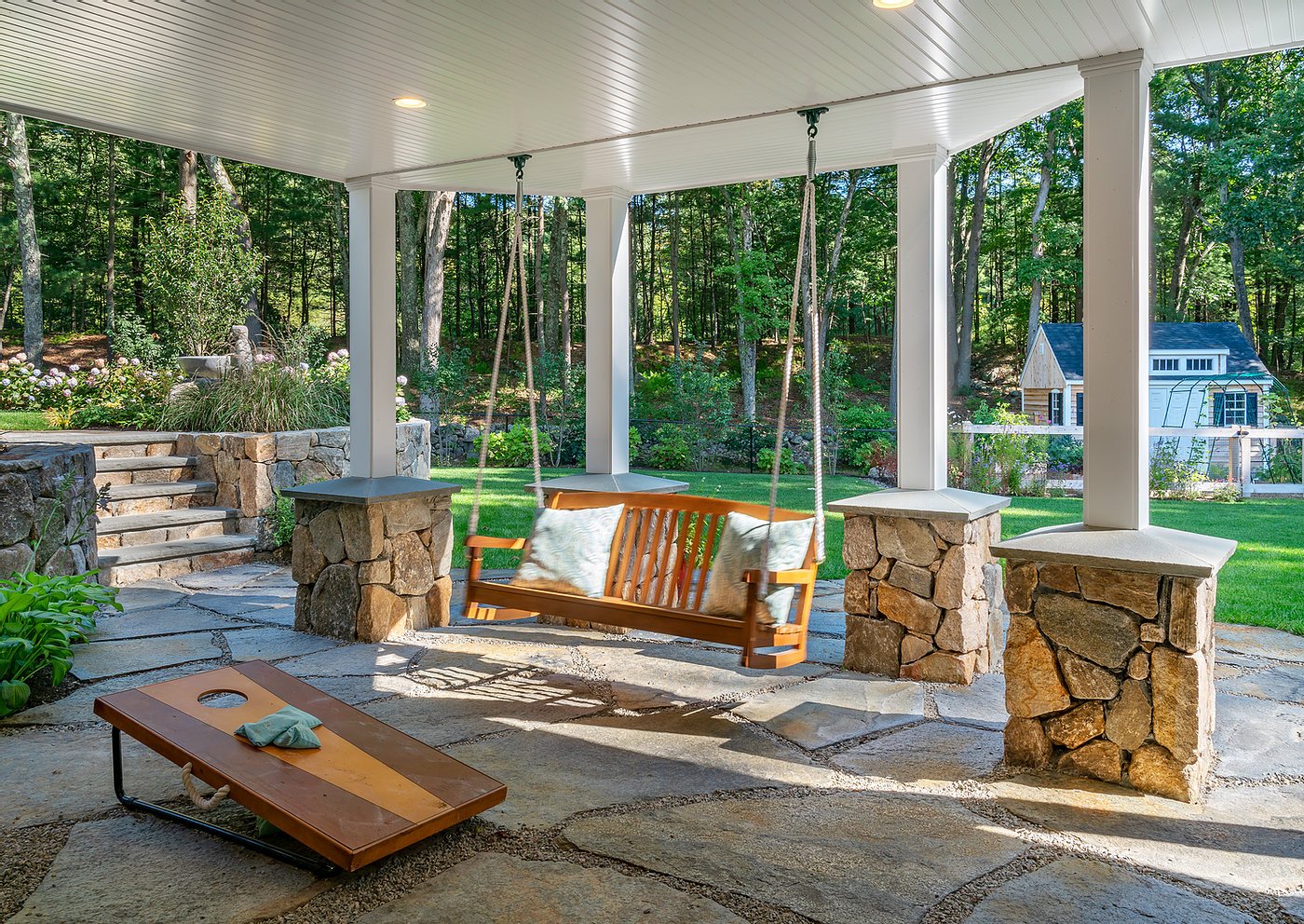
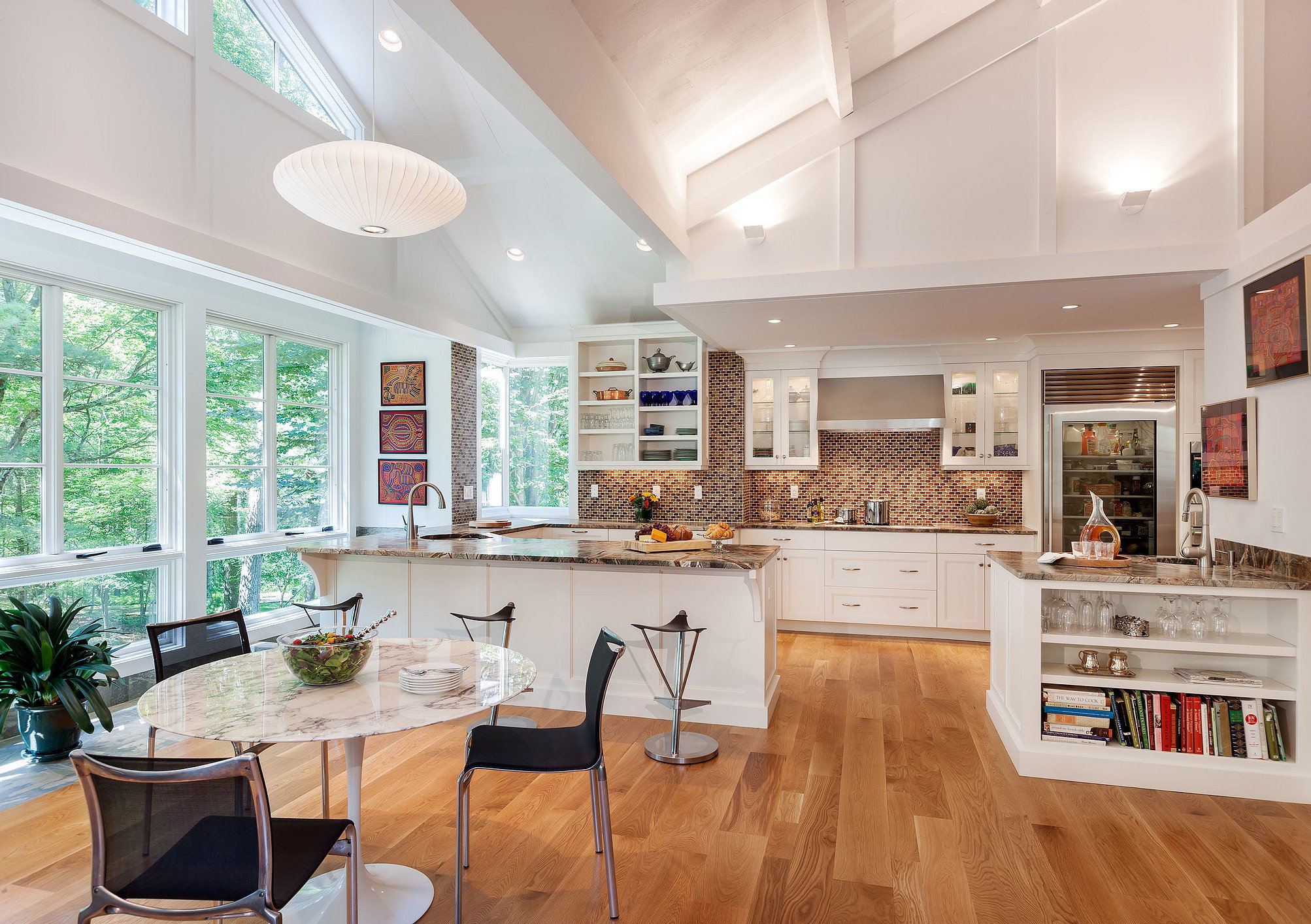
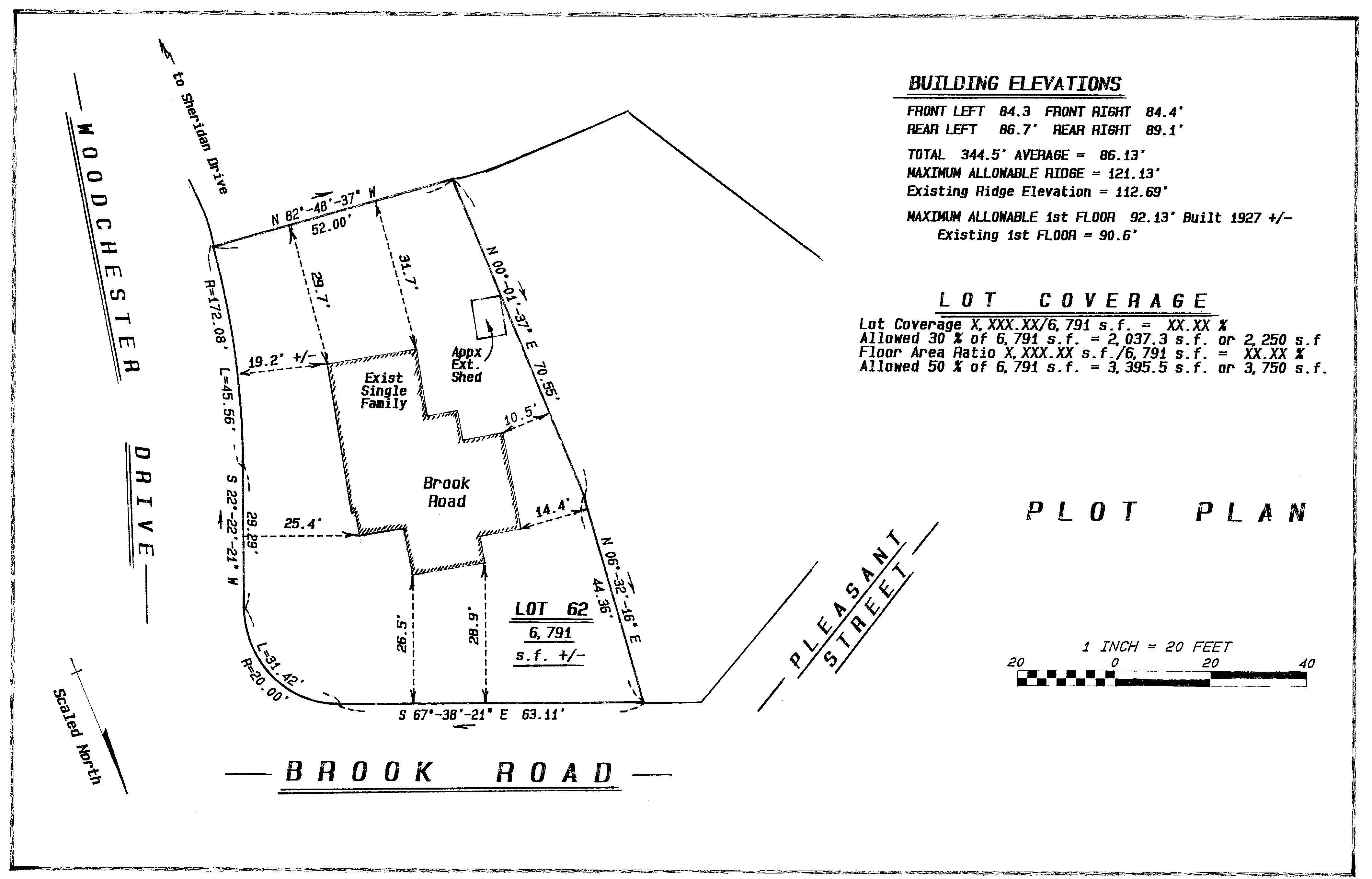
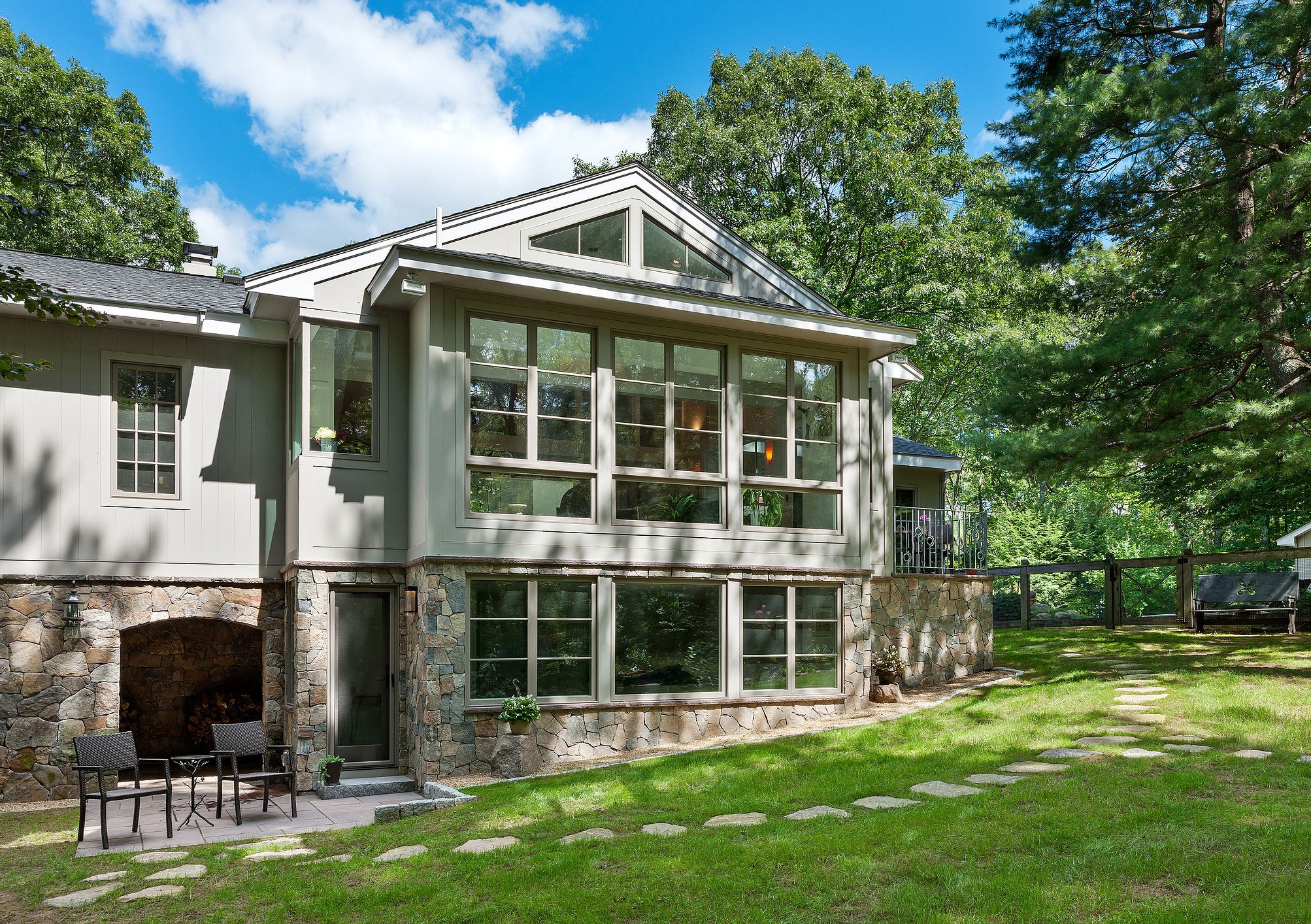
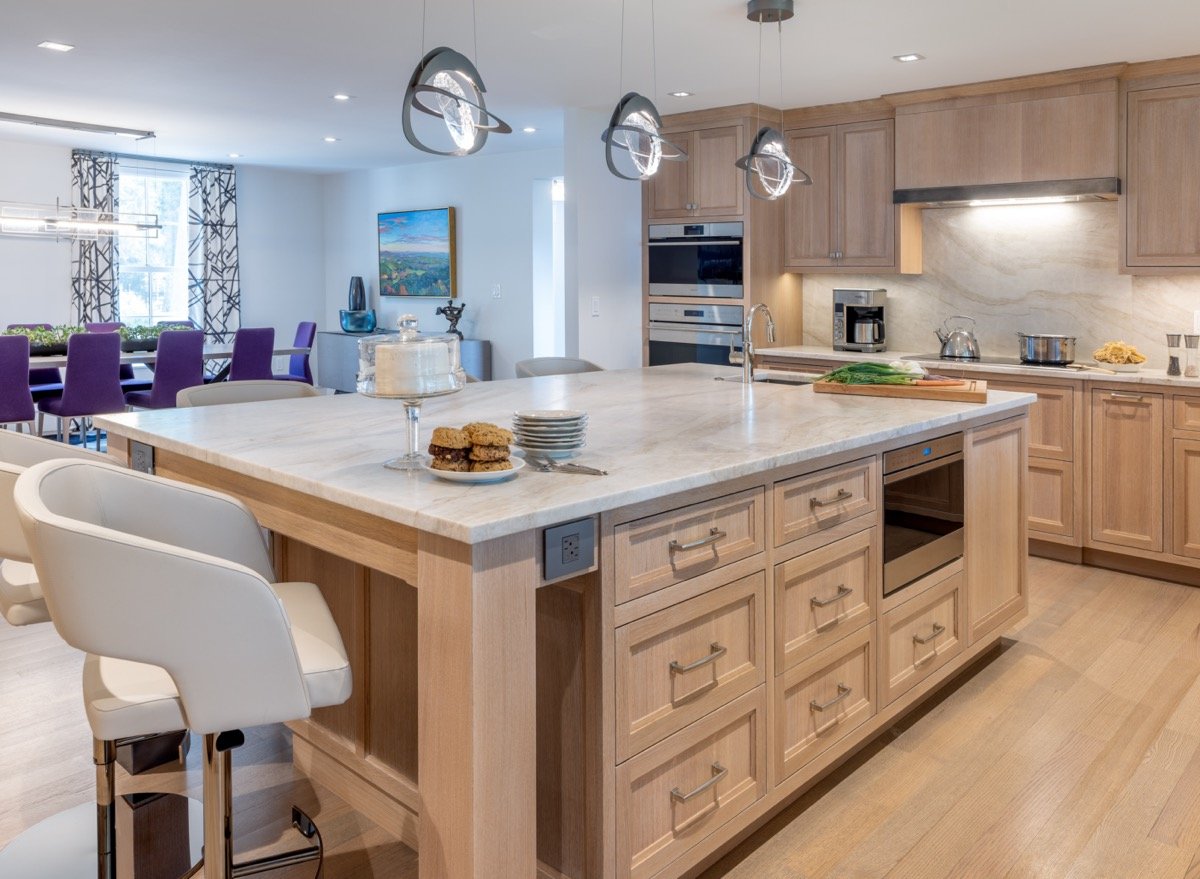
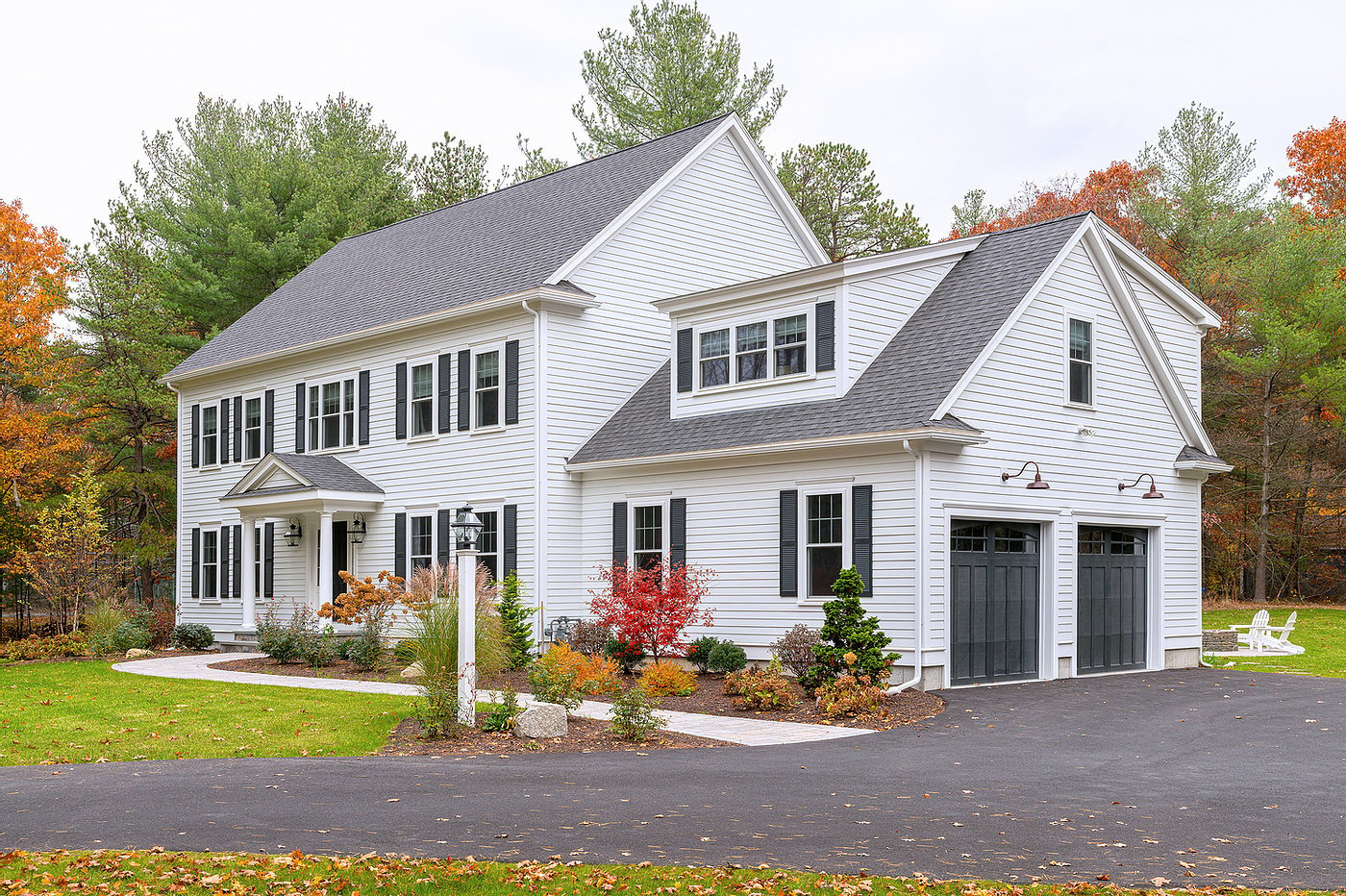
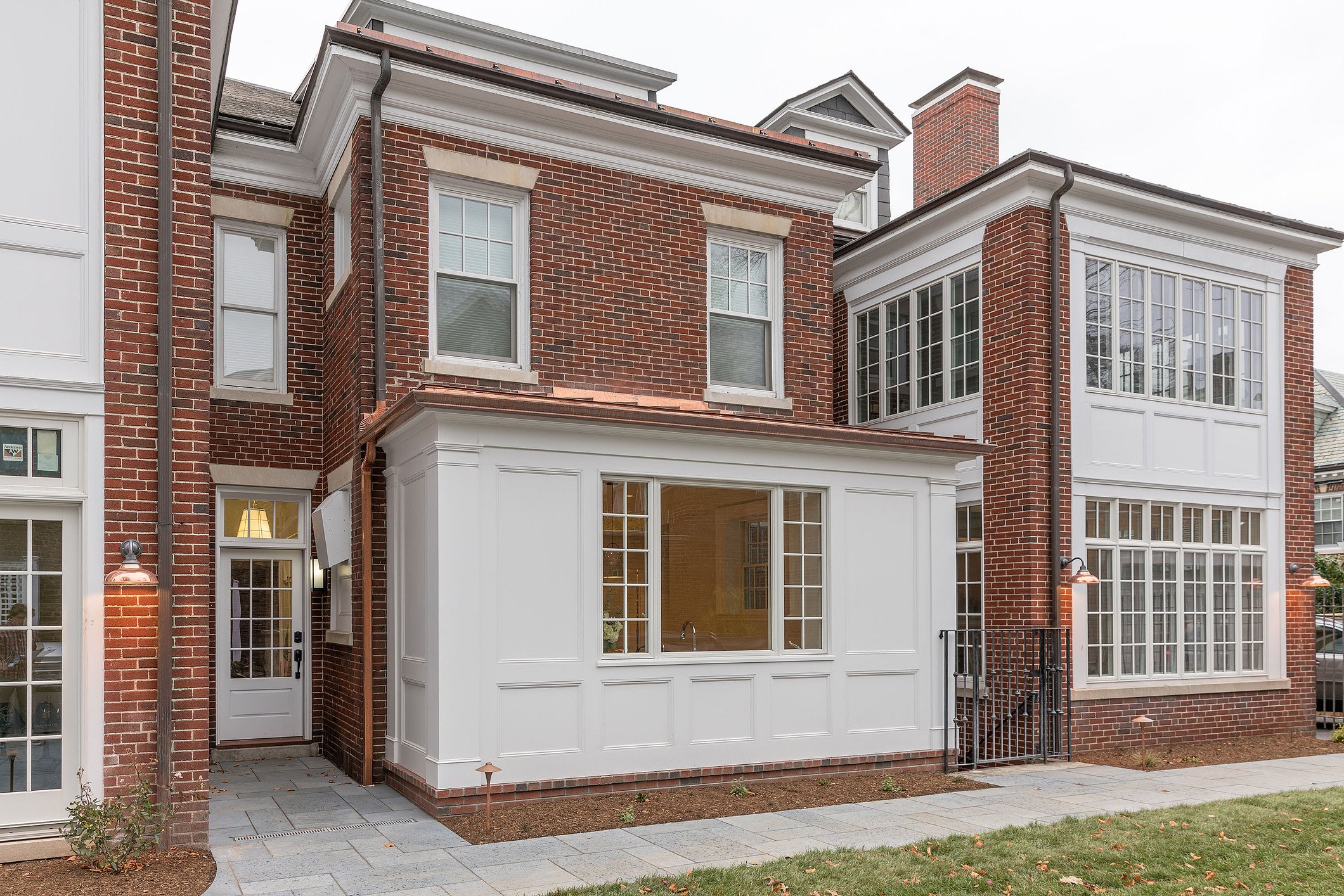
Leave a comment